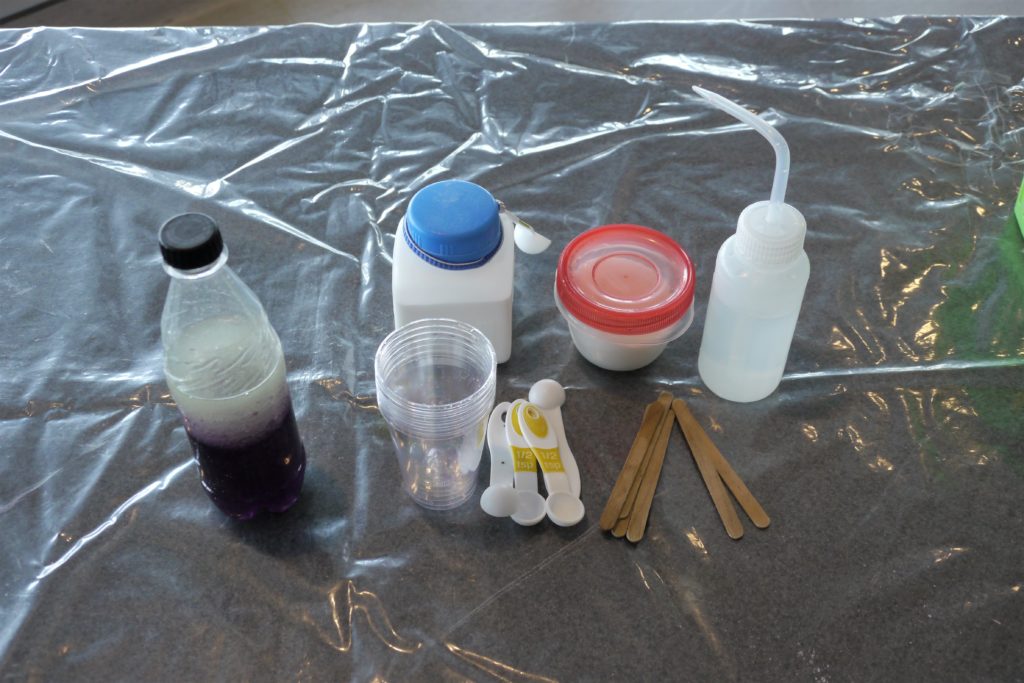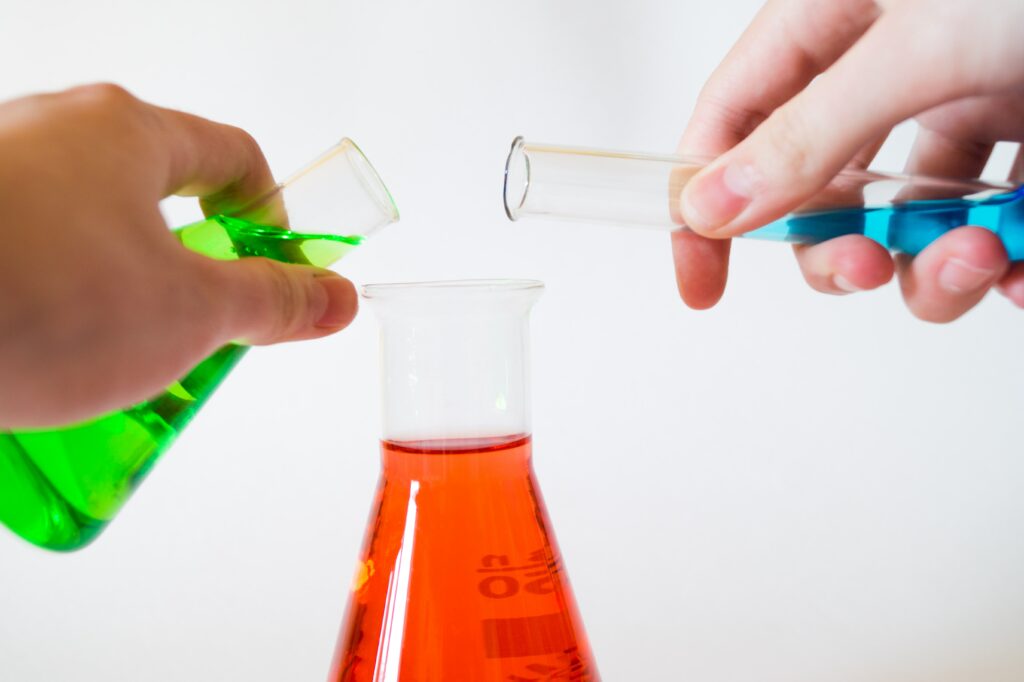In this demonstration, students will observe a solid ice cube melt into both hot and cold liquids.
This demonstration is a great visual for students to observe the impact of temperature on melting and can be used as an introduction to investigations of other properties of matter such as density.
The change of state from a solid to liquid is called melting. It requires the solid to be at its melting point temperature in order for its molecules to have enough kinetic energy to be able to flow, move more freely, and have attain the properties of a liquid.
This simple demonstration using different temperatures of water and ice cubes will highlight the idea that temperature affects the transition of phases.

